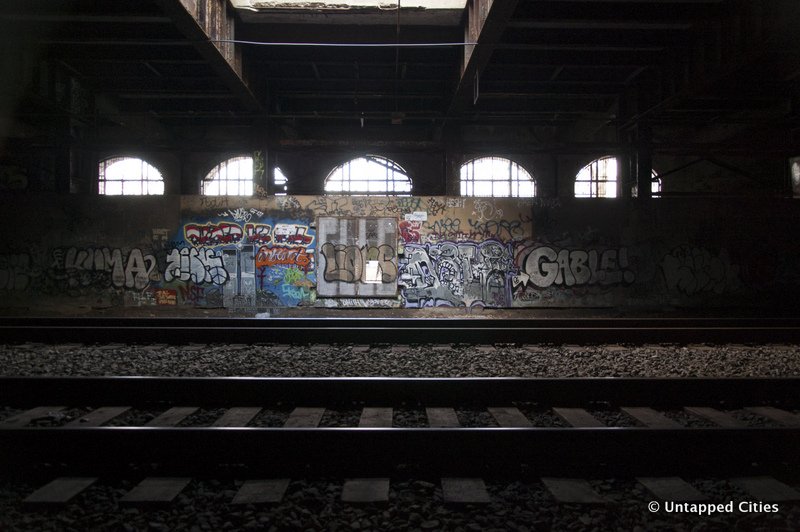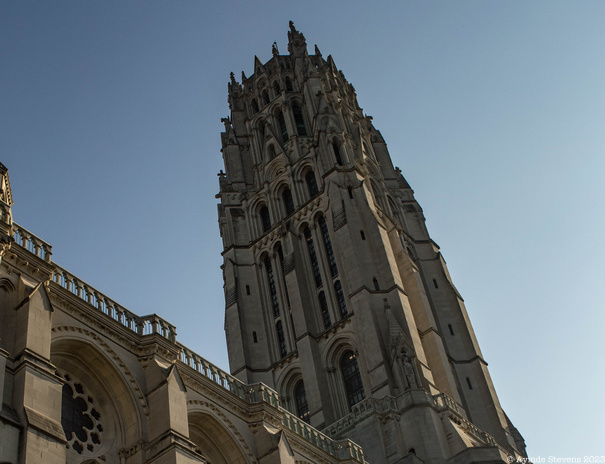New York City’s Riverside Park spans a number of neighborhoods including Harlem, Morningside Heights, and the Upper West Side. Stretching four miles from 72nd to 158th streets, the bucolic waterfront park along the Hudson was originally designed by Central Park’s landscape architect Frederick Law Olmsted. Over the past century, the park has grown and adapted to the changing landscape of New York City. Here, we explore 10 of the park’s top secrets, from a Beat Generation murder to a renowned bird sanctuary.
On Untapped New York’s brand-new Rediscover Your City Tour, you can explore the neighborhoods along Riverside Park as you uncover the secrets of Riverside Drive! Designed by Olmstead in conjunction with the park, the parkway serves as the 5th Avenue of the Upper West Side. It’s lined with gorgeous pre-war apartment buildings, historic monuments, and hidden gems waiting to be uncovered!
10. There’s a “Freedom Tunnel” Under Riverside Park

Just under the surface of Riverside Park is a three-mile-long train tunnel commonly known as the Freedom Tunnel. The tunnel was designed by Robert Moses in the 1930s to provide more park space for the neighborhood residents above. It was used for freight trains from the time it was built until the 1980s, when it was subsequently closed. Following the tunnel’s closure, the homeless sought refuge from the streets inside the vast tunnel, with hundreds of people living underground at its peak in the ’80s and ’90s.
Amtrak reopened the tunnel in 1991, and trains still run through there today. Although we don’t recommend any kind of trespassing, do be careful if you go in there. The tunnel gets its name from its best-known graffiti artist, Chris “Freedom” Pape. As Untapped Cities previously reported, Amtrak began painting over much of the art in 2009, including a number of works by Pape. See more photos here.






